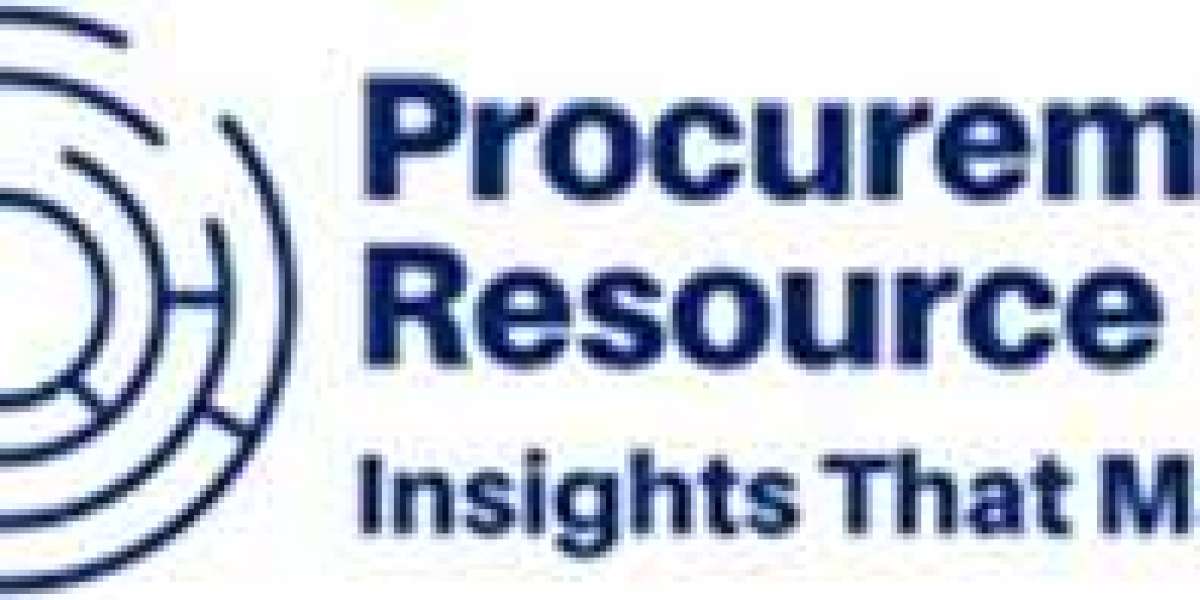Cyclosporin, a potent immunosuppressive drug, is extensively used in organ transplantation to prevent rejection. It is also utilized in treating autoimmune diseases like rheumatoid arthritis and psoriasis. This remarkable compound, derived from the fungus Tolypocladium inflatum, has revolutionized transplant medicine since its discovery in the late 1970s. Understanding the production process of Cyclosporin is crucial for ensuring its efficacy, safety, and availability in the medical field. This blog delves into the intricacies of the Cyclosporin production process, its manufacturing report, raw material costs, and the latest advancements in its production.
Manufacturing Report and Process
The production of Cyclosporin involves several meticulous steps to ensure high purity and potency. The process can be broadly divided into fermentation, extraction, purification, and formulation.
Request For Sample: https://www.procurementresource.com/production-cost-report-store/cyclosporin/request-sample
Fermentation: The production begins with the cultivation of the fungus Tolypocladium inflatum. This fungus is grown in large-scale bioreactors under controlled conditions of temperature, pH, and aeration. The fermentation medium is typically composed of nutrients like glucose, peptone, and yeast extract, which support the growth and metabolite production of the fungus. During fermentation, the fungus produces Cyclosporin as a secondary metabolite.
Extraction: Once the fermentation is complete, the broth containing the fungal biomass and Cyclosporin is subjected to extraction. The first step in this process is the separation of the fungal cells from the broth using filtration or centrifugation. The resulting filtrate, rich in Cyclosporin, is then subjected to solvent extraction. Organic solvents such as methanol or ethyl acetate are used to extract Cyclosporin from the aqueous phase. The organic phase, now containing Cyclosporin, is separated from the aqueous phase.
Purification: The crude extract obtained from the extraction process contains Cyclosporin along with other impurities. Purification is achieved through various chromatographic techniques. High-performance liquid chromatography (HPLC) is commonly used to purify Cyclosporin. The process involves passing the crude extract through a chromatographic column packed with a suitable stationary phase. As the extract moves through the column, Cyclosporin is separated based on its affinity to the stationary phase. The purified Cyclosporin is then collected as a separate fraction.
Formulation: The final step in the production process is the formulation of Cyclosporin into a suitable dosage form. Cyclosporin is highly hydrophobic, making its formulation challenging. It is often dissolved in a suitable solvent such as ethanol or oil and then encapsulated in soft gelatin capsules or formulated into an oral solution. The formulation process ensures the stability, bioavailability, and efficacy of Cyclosporin.
Raw Material Costs
The cost of raw materials significantly impacts the overall production cost of Cyclosporin. Key raw materials include:
Fungal Culture: The strain of Tolypocladium inflatum used for fermentation is a critical raw material. Maintaining a high-quality fungal culture requires stringent quality control measures, adding to the cost.
Nutrients for Fermentation: The fermentation medium comprises glucose, peptone, yeast extract, and other nutrients. The cost of these ingredients can fluctuate based on market conditions and supply chain dynamics.
Organic Solvents: Solvents like methanol and ethyl acetate used in the extraction process are essential raw materials. Their prices are influenced by the petrochemical industry, availability, and regulatory factors.
Chromatographic Materials: The stationary phases used in chromatographic purification, such as silica gel or polymer resins, contribute to the raw material costs. High-performance chromatographic materials are expensive but necessary for achieving high purity.
Formulation Ingredients: Excipients used in the formulation of Cyclosporin, such as ethanol, oils, and capsule materials, also add to the raw material costs. The choice of excipients impacts the drug's stability and bioavailability.
Latest News
The field of Cyclosporin production is constantly evolving, with ongoing research and technological advancements aimed at improving yield, purity, and cost-effectiveness. Some of the latest developments include:
Biotechnological Innovations: Advances in genetic engineering and synthetic biology have opened new avenues for optimizing the production of Cyclosporin. Researchers are exploring the use of genetically modified strains of Tolypocladium inflatum to enhance Cyclosporin yield and reduce production costs.
Green Chemistry Approaches: Environmental sustainability is gaining importance in pharmaceutical manufacturing. Green chemistry approaches are being explored to reduce the use of hazardous solvents and minimize waste generation during the production of Cyclosporin. These approaches aim to make the production process more eco-friendly and economically viable.
Improved Formulation Techniques: Novel formulation techniques are being developed to enhance the bioavailability and therapeutic efficacy of Cyclosporin. For instance, nanoencapsulation and liposomal formulations are being investigated to improve the drug's solubility and targeted delivery.
Regulatory Updates: Regulatory agencies are continually updating guidelines to ensure the safety and quality of pharmaceutical products. Staying updated with these regulations is crucial for Cyclosporin manufacturers to maintain compliance and market access.
Market Trends: The global demand for Cyclosporin is influenced by factors such as the prevalence of organ transplantation, advancements in autoimmune disease treatments, and emerging markets. Keeping track of market trends helps manufacturers anticipate demand and adjust production strategies accordingly.
Conclusion
The production process of Cyclosporin is a complex and meticulously controlled procedure that ensures the drug's high quality and efficacy. From the fermentation of the Tolypocladium inflatum fungus to the final formulation, each step is critical in producing this life-saving immunosuppressant. Understanding the raw material costs and staying updated with the latest advancements and news in Cyclosporin production can help manufacturers optimize their processes and meet the growing demand for this vital drug. As technology and research continue to advance, the production of Cyclosporin is poised to become more efficient, sustainable, and cost-effective, ensuring its availability for patients in need worldwide.








